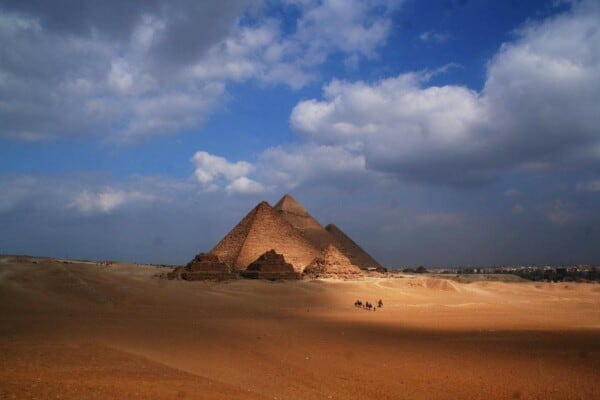
Precious stones have always captivated the imagination of humans, even before the science of gemology was developed. While the ancient Greeks thought diamonds are the teardrops of the deities, the Romans considered them to be shards of shooting stars.
These days, auction outcomes are more likely to determine a gem’s worth than old superstitions. However, even though it’s easy to set a price for a rare stone, its real value is determined by more than just supply and demand.
Several nations and cultures have attributed special abilities to these jewels, in part because of their propensity to refract light and their clear appearance. Celebrities are sprinkling traces of precious rocks into their latest fragrances, while many shops sell whole crystals, touting their alleged healing properties and power.
What Determines the Value of a Gemstone?

The value of some gemstones may also be explained by the psychological links we establish with their color. Writer and gemologist Antoinette Matlins claims that blue jewels have long been connected with the sky and the ocean, crimson with love and emotion, while green crystals have been associated with gratitude and devotion. (Check out her book, Colored Gemstones.)
Nevertheless, modern gemologists have scientific tools at their disposal to determine the exact worth of crystals. The four “Cs” refer to a gem’s clarity, cut, color, and carat, all of which, alongside scarcity, contribute to its overall selling price.
But, even so, a crystal is only worth as much as the highest bidder is prepared to shell out for it. Similar to visual arts, culture and trends equally play a role in determining a stone’s value, while history teaches us that gems frequently carry the legacy of their previous owners when they are worn, traveled, or traded.
Thus, some of the world’s most valuable gems are prized for their heritage. As cultural objects, they can represent the expertise but also the beliefs of the civilizations that cherished them, such as The Timur Ruby and the Black Prince’s Ruby, both embedded in the Imperial Crown of the British Crown Jewels.
What Makes Gemstones so Special?
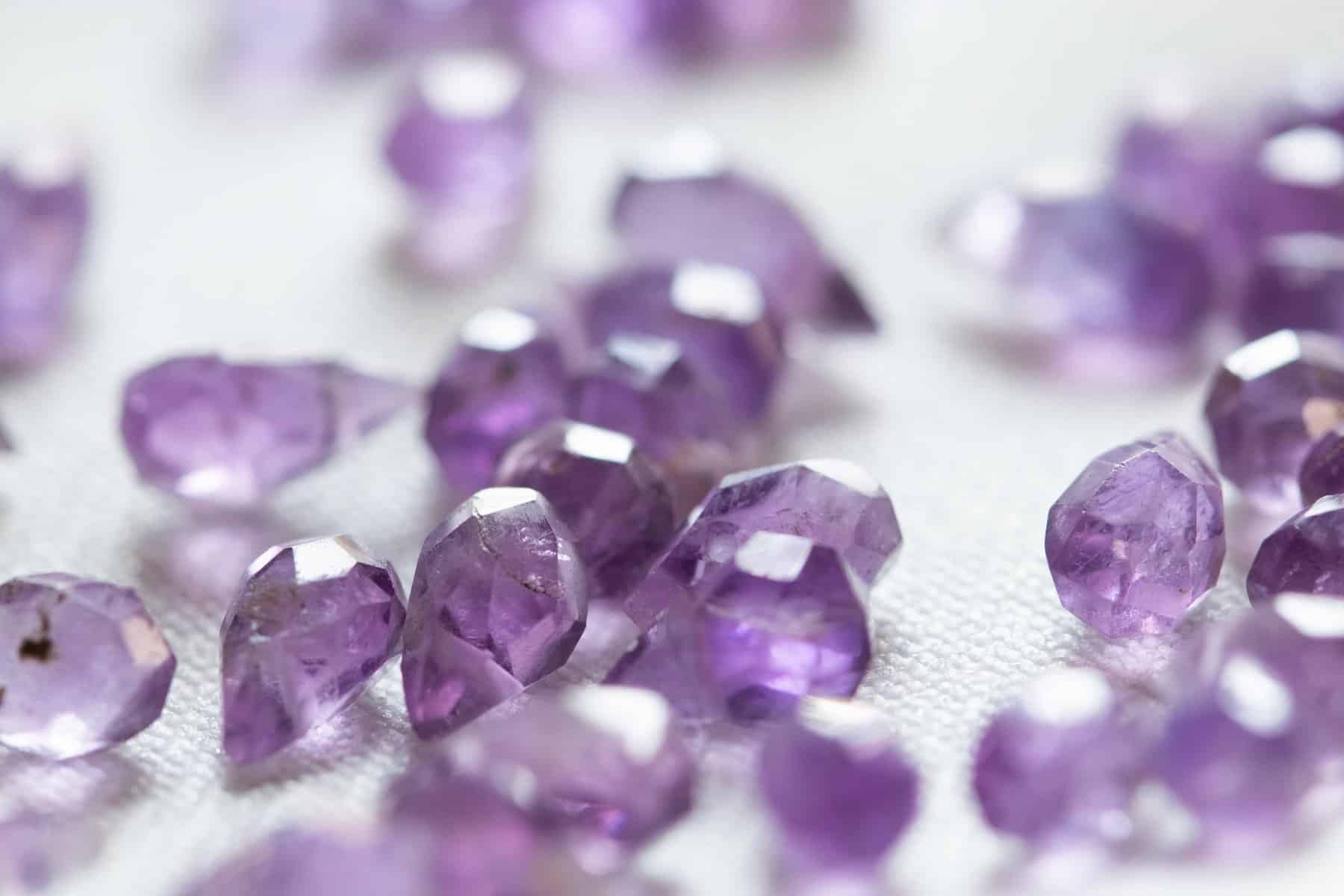
So, is the appeal of a gemstone comprised of its beauty, scarcity, and heritage? Mostly yes! Oftentimes, gems have a unique aura that does not vanish as we record the milestones of our life with them, including engagement, marriage, birthdays, and customs. Therefore, some feel that jewels embody the divine.
Now let’s play a game. Imagine the most expensive stone. What do you see? Is it a magnificent diamond with an outstanding cut? Or, perhaps, rubies and sapphires. If that is the case, we can lay a wager that the list of the rarest gems will catch you by surprise.
In terms of their known attainability, these gemstones are at least a thousand to a million times rarer than some common diamonds. Obviously, their worth exceeds that of even the most coveted jewels in the world. And all of them share three characteristics: they are exceptional, extremely scarce, and genuine stones.
Yet, few individuals are familiar with these treasures. If you’re looking for something out of the ordinary to include in your next piece of jewelry, these are the rarest crystals in the world, some of which are even harder to obtain than you imagine. How many of them do you recognize?
A Note Regarding Scarcity and Cost
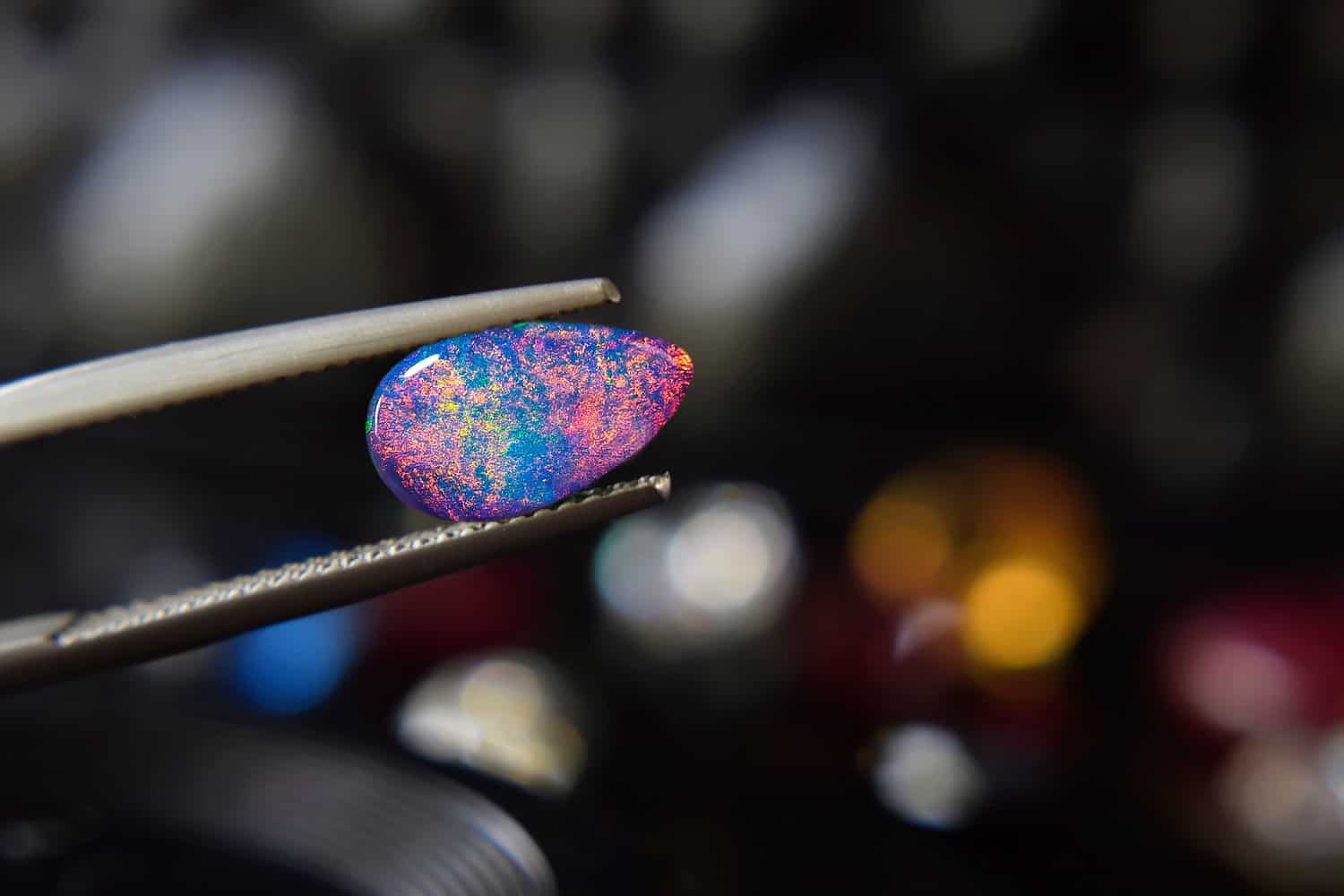
It would be incorrect to believe that the world’s rarest gemstones are also the most valuable and vice versa. For instance, even though diamonds are not scarce, they are quite pricey. This is mainly due to the De Beers Diamond Company’s brilliant marketing strategies and stockpiling in the 1930s.
Now back to our list!
20. Padparadscha Sapphire
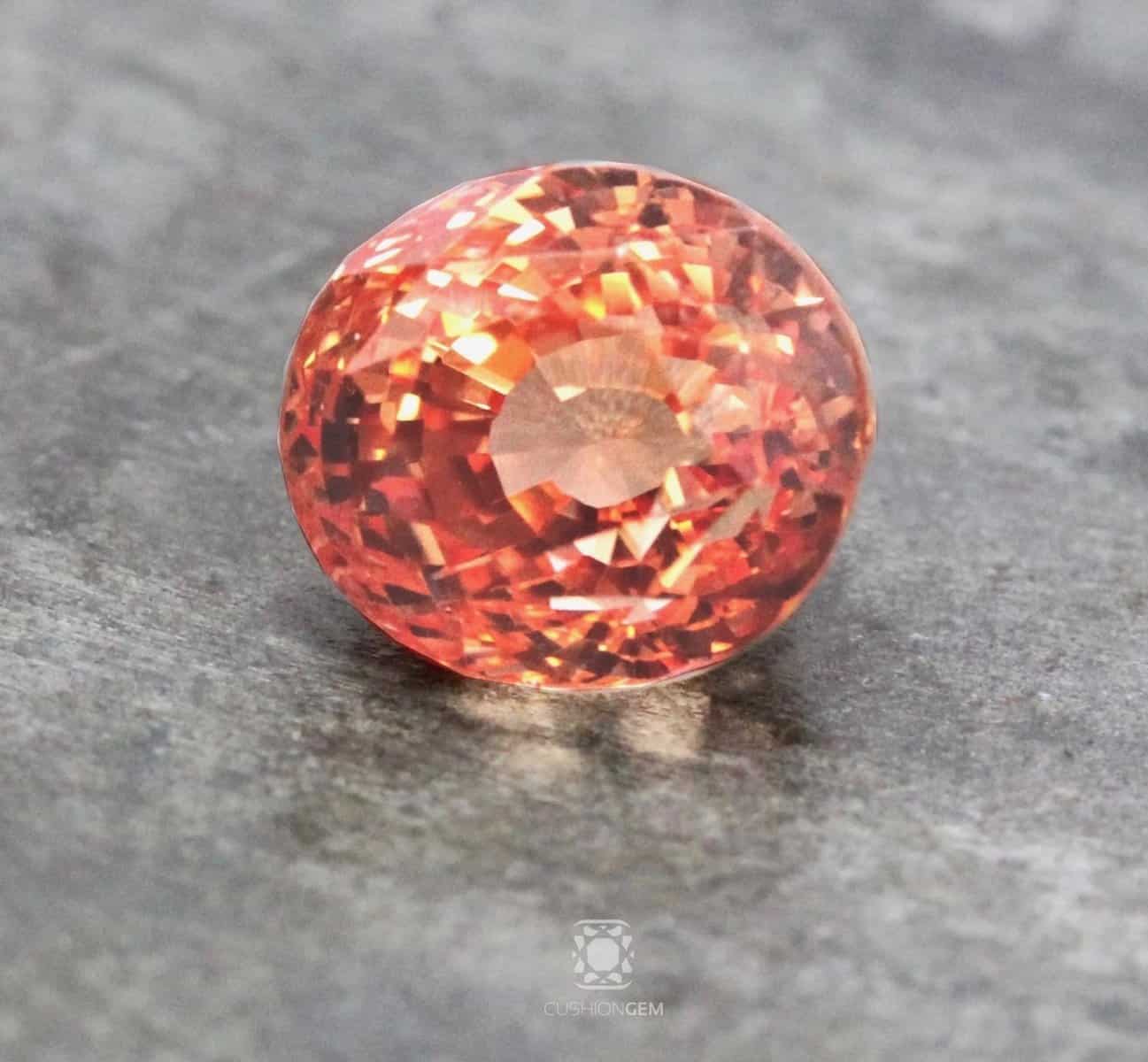
One of the rarest kinds of sapphire is the Padparadscha sapphire, which with its combination of pink and orange is unlike any other gemstone color.
These precious gems are a cornerstone of the extended heritage of sapphires, which may be tracked down to the Middle Ages and are prized for their connotations of originality, vitality, and prosperity. Padparadscha comes from the Sinhalese term for “lotus flower”, a reference to the gemstone’s similarly vibrant color.
Although these jewels are most commonly encountered in Sri Lanka, where the Sinhalese people have resided for generations, they can also be found in Tanzania and Madagascar. Since there is already so much demand and it’s only increasing, prices will almost certainly keep going up each year. So, if you are considering investing, now is the time.
19. Ammolite

This gem, found in the Rocky Mountains, is far rarer than a diamond, and it comes from fossilized shells of sea organisms that are at least 65 million years old, which showcase vivid, iridescent hues.
In fact, a single specimen can display the full spectrum of colors! Look at all that dazzle, please! The more uncommon the shade and the more brilliant the iridescence and play of color, the higher the value of the gem.
Despite its ancient origins, ammolite is one of the few natural gems to enter the market in the past 70 years.
18. Jadeite
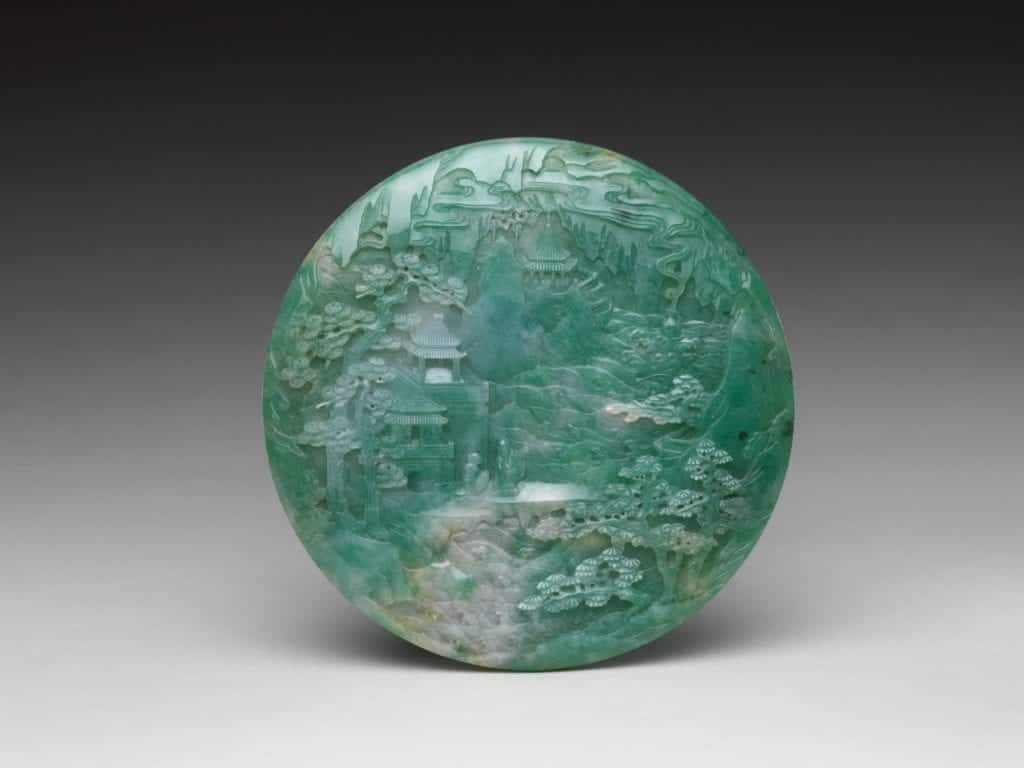
First of all, jadeite and its ubiquitous sibling, jade, should not be mistaken. Although jade may be found nearly everywhere, jadeite is exceedingly rare and highly valuable. You can only discover jadeite in metamorphic rocks, specifically those that have been exposed to extreme heat and pressure far below the top of the Earth.
Because this gemstone is so exceptional, when it is unearthed, it stands as proof of significant erosion and elevation of previously buried areas. The most important source for this jewel is the large mine near Tawmaw, Myanmar. Thus, this prized gem flourished in the Chinese, Mayan, and Maori cultures.
In 1997, a few jadeite stones with a diameter of barely more than five millimeters were auctioned for over $9 million. Luckily, the vast majority of jadeite on the market will sell for less, with an average price per carat of $20,000 for the top-notch quality.
17. Pezzottaite

In the world of gemstones, the emergence of a brand-new jewel variety is an exceptional occurrence. Among the newfangled discoveries is pezzottaite, a stunning and fascinating mineral, found in 2002 in Madagascar. It was named after Federico Pezzotta, an Italian mineralogist who was known for his work on the island’s granitic pegmatites.
Pezzottaite is rosy to raspberry in appearance, and initially, it was believed that it was either red beryl or a morganite including cesium. A closer analysis revealed a few discrepancies; pezzottaite was determined to be a novel mineral variation with a trigonal crystal structure and a composition that diverged from that of beryl by containing cesium and lithium.
Be that as it may, both pezzottaite and red beryl are extremely rare gemstones. The latter, though, is the more costly so far, presumably due to its more intense hue.
16. Musgravite
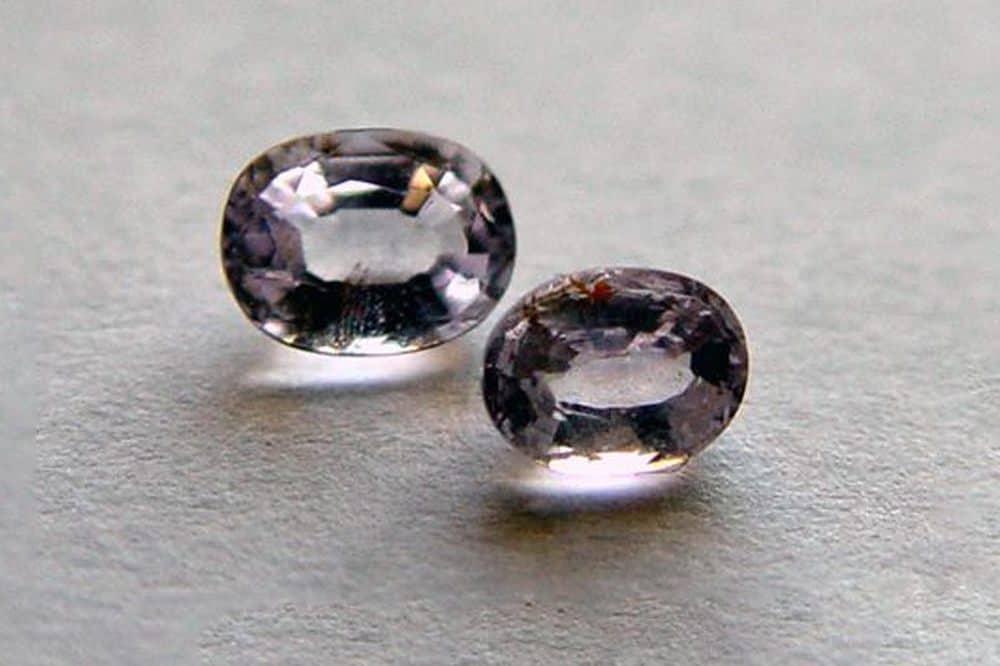
Just eight specimens of these exotic treasures, which were given their name after the Australian Musgrave Ranges where they were unearthed, are known to exist. There have been a few isolated encounters of musgravite in Greenland, Madagascar, Sri Lanka, and Tanzania since then, but this has not led to a greater supply.
Musgravite sometimes appears lavishly purple in certain lighting conditions, but it is actually a dark, enigmatic grey. It is an oxide mineral and has a trigonal structure with a dull sheen. Therefore, since it is a translucent gem, clarity plays a crucial role in achieving an average price of $35,000 per carat.
Despite that, taking into account its rarity, it’s highly improbable that a buyer will stumble across this stone on the open market.
15. Paraiba Tourmaline
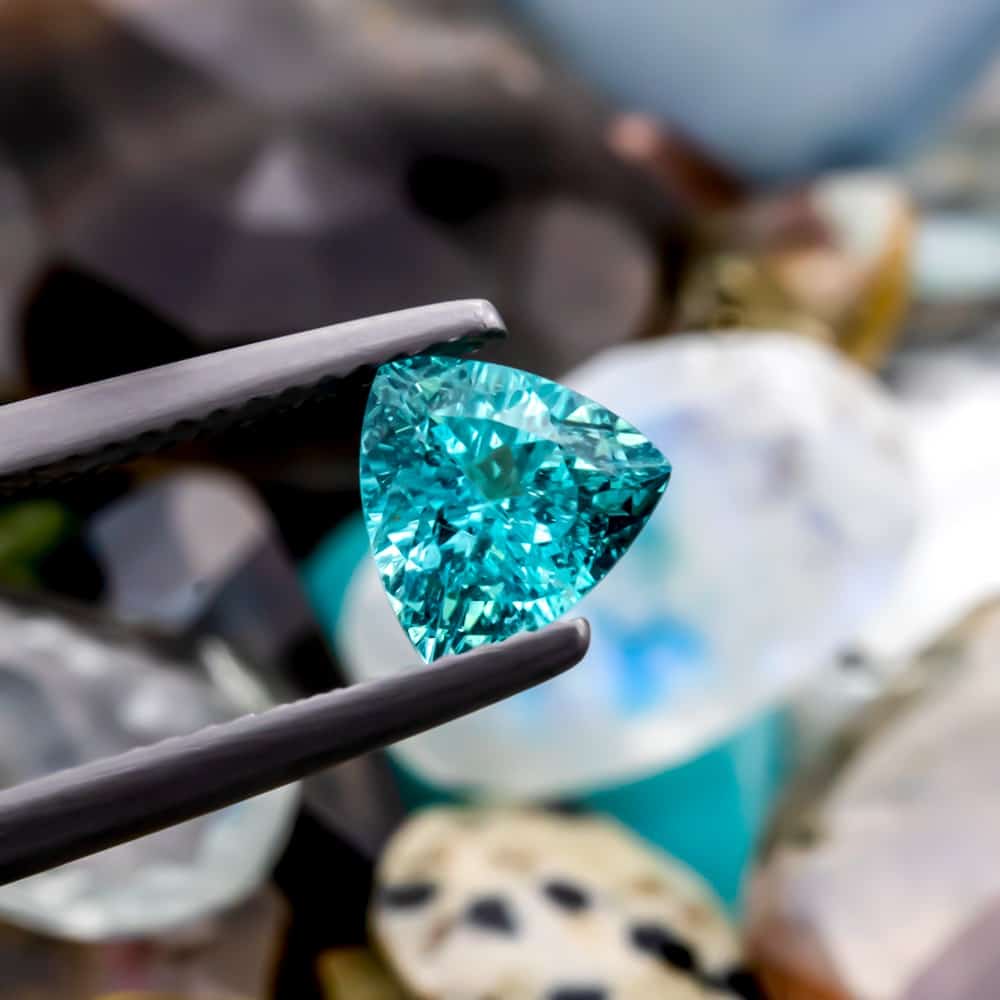
The discovery of paraiba tourmaline in Brazil in the 1980s wowed the gemstone community with its intense, neon-like blue-green tones. Heitor Dimas Barbosa, a local explorer, came upon the first specimen of this crystal, which he dubbed Paraiba after the site where it was found. There is just one of these rare jewels for every ten thousand regular diamonds!
In most cases, you may expect to pay around $5,000 for one carat of paraiba tourmaline, but exceptionally rare crystals can fetch values higher than those of some diamonds. It is a kind of crystalline boron silicate, just like other varieties of the tourmaline mineral, and it has a hexagonal crystal system. Nevertheless, what drives up its price is its strong neon blue color.
14. Benitoite

Benitoite, as the official gemstone of California, is a very uncommon mineral with a lot of historical significance. It is a barium titanium silicate crystal that is typically blue and is present in hydrothermally metamorphosed rocks.
After the closure of its lone commercial mine in 2006, it quickly became one of the costliest jewels in the United States. First unearthed in 1907 by George D. Louderback, it is an opaque azure gem that fluoresces vividly in UV light and resembles sapphire in aspect.
Due to their rarity and high quality, well-cut chunks of benitoite weighing over two carats are worth more than $10,000 each. However, its full beauty will remain hidden from the eyes of most jewelry enthusiasts.
13. Red Beryl

According to the Utah Geological Survey, for every 150,000 diamonds, there is only one red beryl. Like other silicate minerals, this gemstone is characterized by a high amount of the element manganese. This rare and valuable jewel is most commonly encountered in the Wah Wah Mountains, Utah, though it has been discovered in other parts of the United States.
Having an uneven cleavage makes it challenging to work with. Moreover, the fact that red beryl can only occur under very specific conditions adds to its scarcity and the $10,000 per carat price tag. Rare enough to be called “the red emerald,” these stones are typically only found in their uncut form and sold to enthusiasts.
12. Jeremejevite
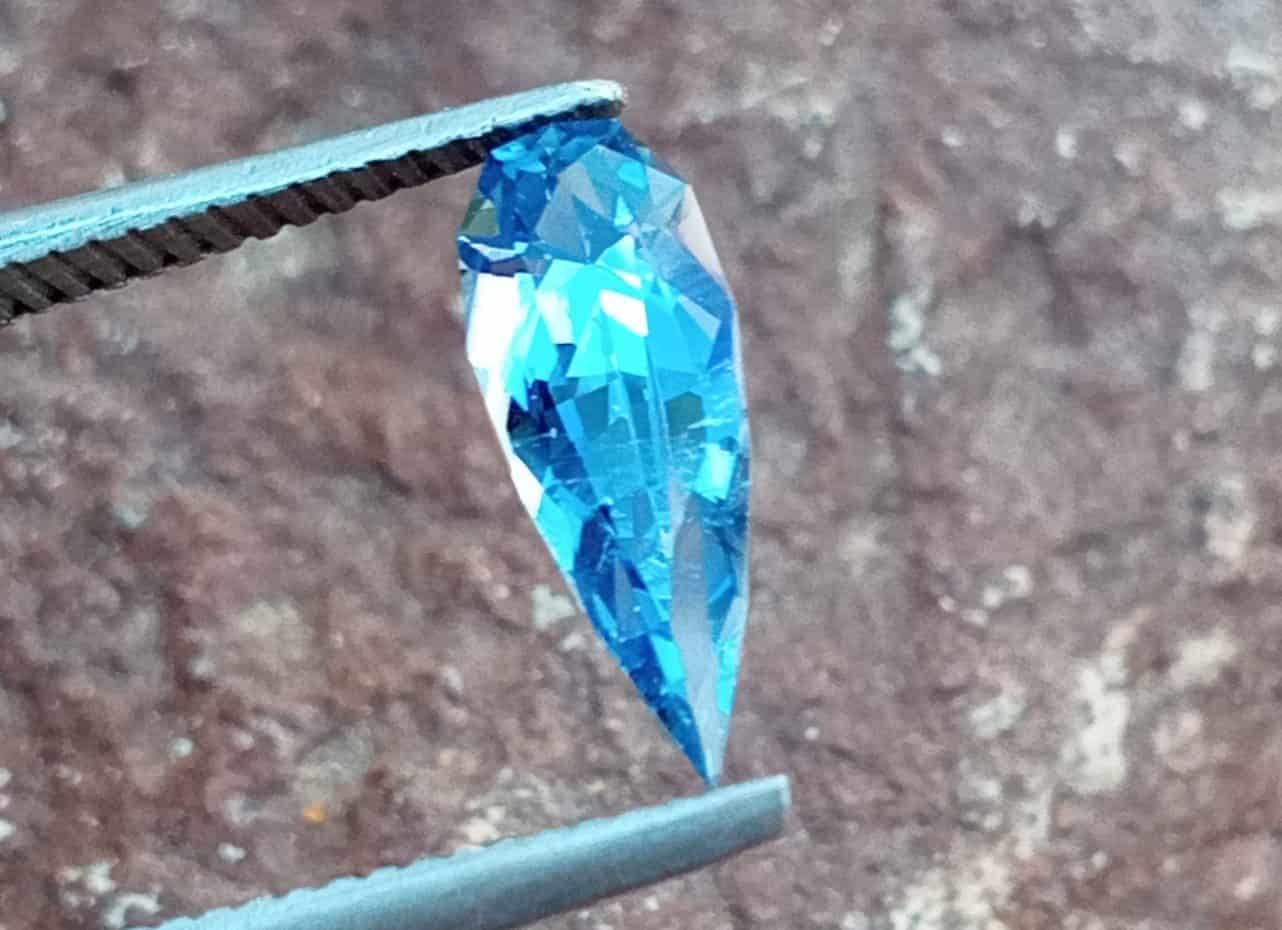
One of the 20 rarest, most valuable, and most tricky to pronounce gemstones, jeremejevite (yer-ah-mee-YAY-vite) was first encountered on Russia’s Mt. Soktuj. With a hardness of between 6.5 and 7.5 and no fractures, it could be a good jewelry stone, yet it is still out of the ordinary and, for the time being, mostly obscure even among gem connoisseurs.
Moreover, jeremejevite is piezoelectric, meaning that if you apply pressure to it, it produces electricity. Therefore, blue jeremejevite crystals that are transparent, flawless, and have sharp cuts fetch record prices at auctions because of their exclusivity and desirability among mineral hunters.
11. Larimar

If jewels have their own vault of best-kept mysteries, then this is certainly one of them. Larimar is an exceedingly rare precious gem that has only been discovered in a secluded mountain range in the Dominican Republic. It was believed that this exquisite stone originated from the sunken continent of Atlantis.
In 1974, a citizen of the Dominican Republic and a U.S. Peace Corps member, named Miguel Mendez, became aware that larimar was found on a picturesque beach. The magnificent stones were thought to have been swept down the mountain by an earthquake and dumped into the nearby river.
Thanks to its spectacular hues, which can go from a dark greenish blue to a drab gray, and the fact that it often features white speckles in a bewildering array of patterns, this gem has soared in popularity during the past decade. The moniker “larimar” comes from the combination of the Spanish word for sea, mar, and the daughter of Miguel Mendez’s name, Larisa. Interesting!
10. Grandidierite

Alfred Lacroix, a French mineralogist, unearthed the first grandidierite samples in Madagascar in the early 20th century. Since then, it has established itself as a gem collector’s fantasy, not only for its extreme rarity but also for its astonishingly high durability and the very intense bright shades it can boast.
Even though this relatively exotic blue-green mineral has been discovered in a variety of locations throughout the globe, only Madagascar and Sri Lanka have yielded gem-quality specimens. Usually employed for premium jewelry, grandidierite is characterized by a hexagonal lattice structure and features a 7.5 hardness.
9. Painite
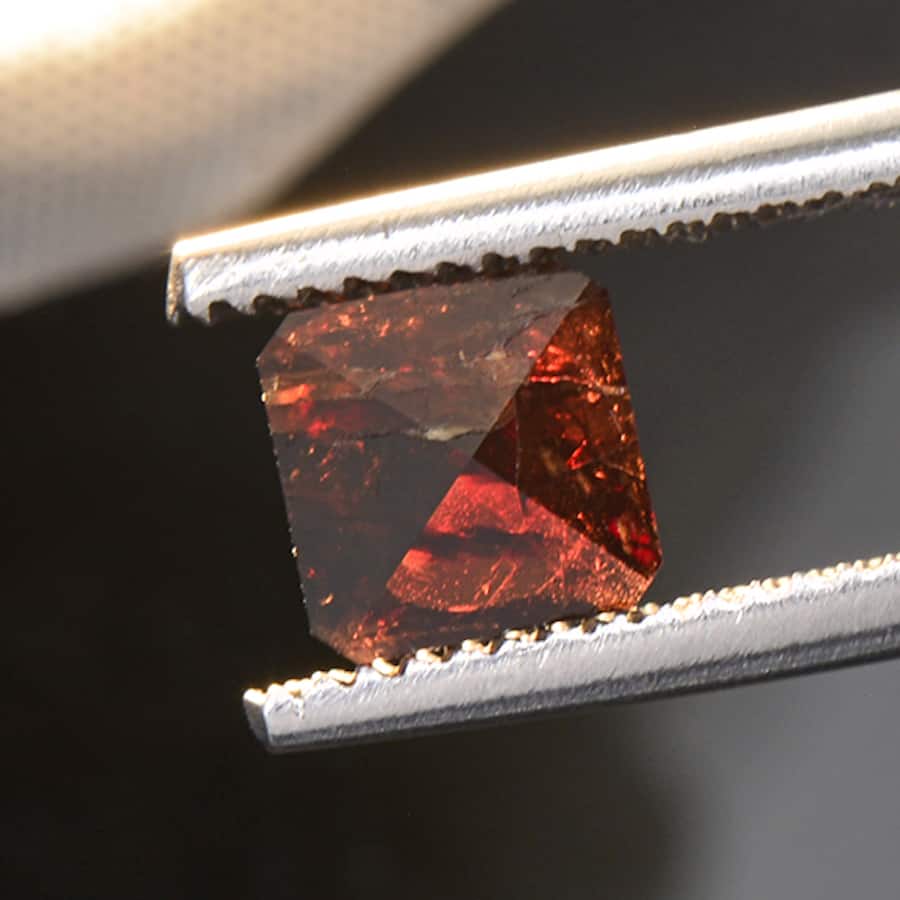
Painite is not just one of the world’s most uncommon gems, but also the world’s rarest mineral, for which it holds the Guinness World Record. After its identification in 1951, just two specimens existed for the next several decades, one of which is in the British Museum’s custody, and by 2004, there were only two dozen recognized painite gemstones.
Furthermore, despite the recent establishment of two painite mines in Myanmar, there are still fewer than 1000 unfaceted stones, which in comparison to the roughly 133 million carats of diamonds produced each year, this figure is inconsiderable.
Therefore, the paucity of this jewel makes it one of the 20 rarest and most expensive gemstones in existence. How much is it, you might wonder? Well, one carat is valued at almost $60,000.
8. Kashmir Sapphire

In terms of public recognition, the Kashmir sapphire stands alone among sapphires. It has long been regarded as the world’s prettiest and most coveted sapphire, and its very name connotes that privilege.
The allure of this gemstone lies in its luscious blue tones that are both subtle and intense. These beautiful crystals became even more scarce after the 1930s when the last of the Himalayan mines that had been producing them closed down. And thus, the value of these already exorbitantly expensive jewels continues to skyrocket.
The fact that they are so close to perfection makes them extremely desirable. There is something enigmatic and almost magical about their superb cornflower blue color, leading them to near-mythical status.
7. Blue Garnet
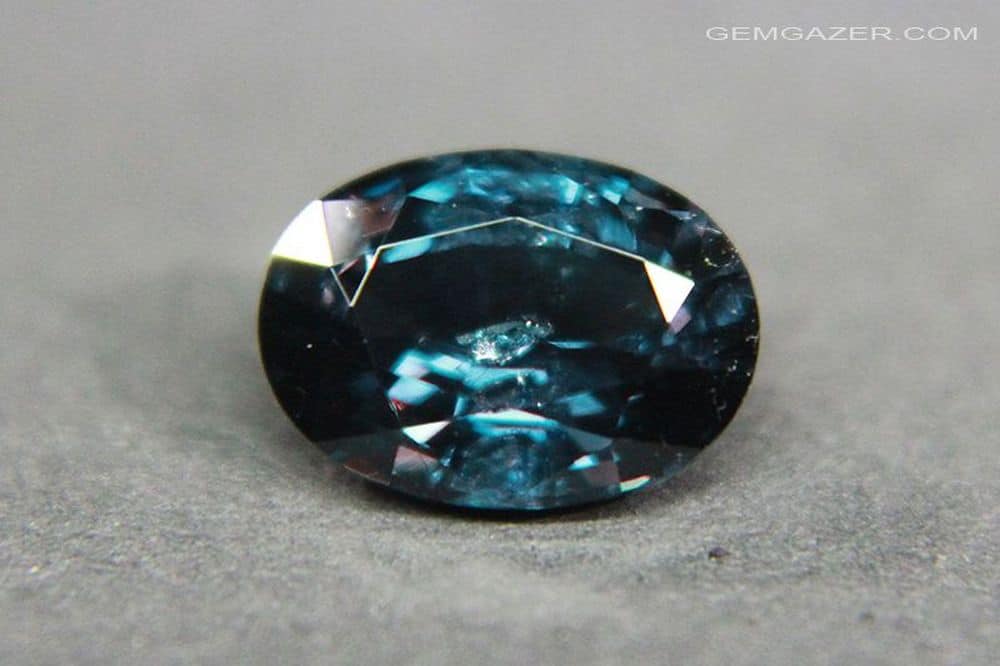
On the Great North Road, between the Serengeti grasslands and the slopes of Mount Kilimanjaro, is the commercial town of Arusha, the entrance to the renowned jewels of northeastern Tanzania.
The blue garnet is an exceptionally rare, indisputably gorgeous, and distinctive variation of the umbalite garnet. It was recently discovered in Tanzania’s renowned Umba River Valley and is nicknamed for its blue color, which is uncommon in garnets.
Garnets have been employed for adornment for almost 5,000 years; they were widespread in ancient Egypt circa 3100 B.C., where they were worn as stones in jewelry. Several myths depict garnet as a metaphor for gallantry, loyalty, light, and love.
However, despite its magnificence, the blue garnet will always be highly limited, dependent on the fortune of miners combing the discontinuous, tiny, and ever-depleting areas of Tanzania.
6. Black Opal

The darker, the better! While black and white opals are definitely connected, black opals are considerably scarce, since they are sourced only from Lightning Ridge, New South Wales, Australia. However, their dark coloration recalls the northern lights, and it is exactly this play of color that defines black opals as one of the most valuable gemstones.
A black opal is a form of silica with an approximate 10% water content, and its brilliant multicolored iridescence represents ingenuity and progress. Usually, it costs $10,000 per carat, making it the most expensive opal variety.
Nonetheless, the most precious black opal ever discovered was “Aurora Australis”, which was found in 1938 in Lightning Ridge. The 180-carat gemstone is particularly appreciated due to its huge size and vivid harlequin pattern. It was valued at $763,000 in 2005.
5. Poudretteite
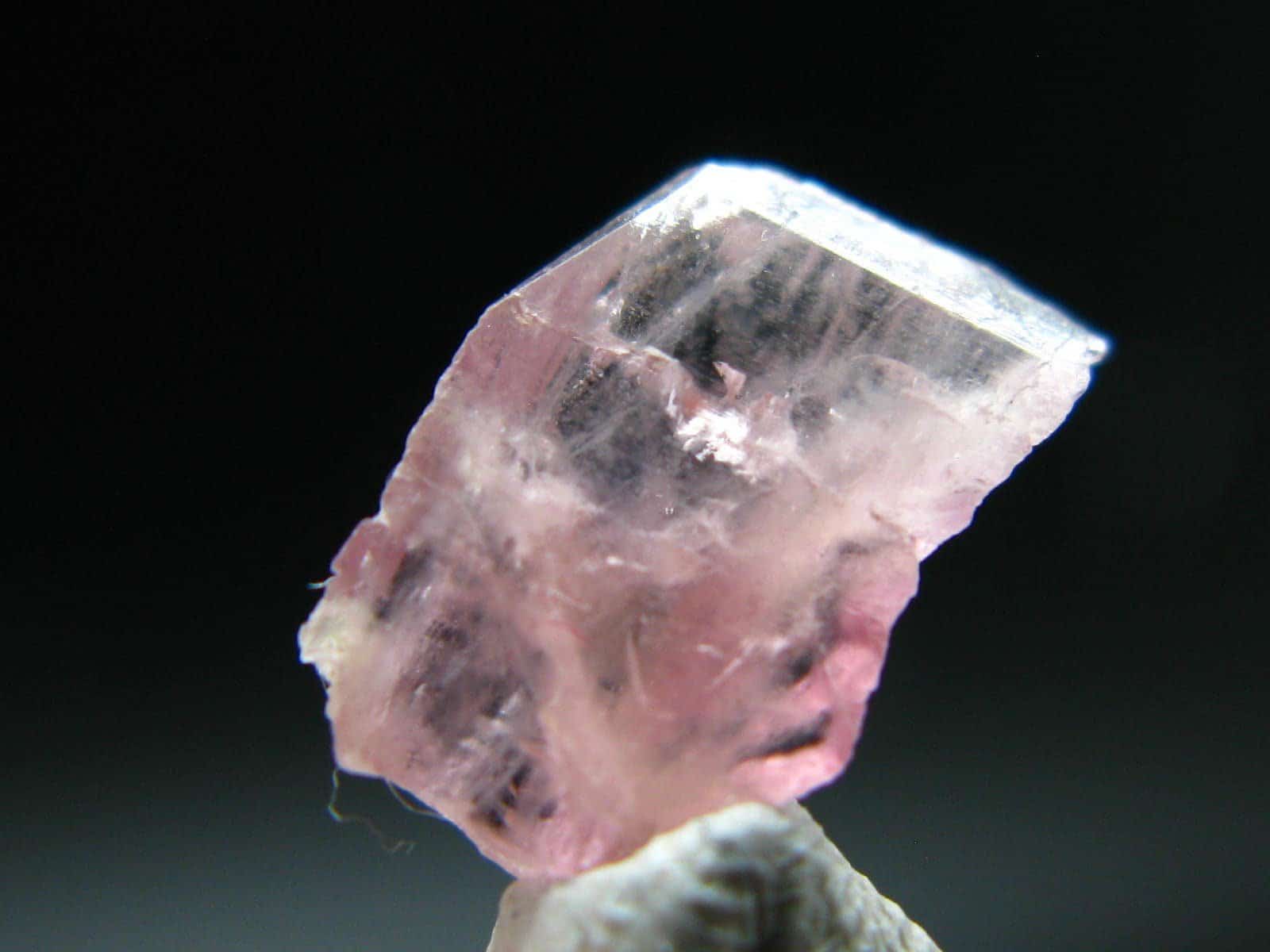
In the year 2000, a strange jewel was discovered in Mogok. It was later found to be poudretteite, a very rare gem that had only been seen before in very small crystals from Mont Saint-Hilaire, Quebec, Canada. These stones were found in a quarry owned by the Poudrette family, hence the name.
The clear, violet to pink, approximately equant barrel-shaped kaleidoscopic crystals of the poudretteite are one-of-a-kind and their main ingredient is manganese. The mixture of their reflection coefficient and relative density plainly distinguishes them from amethyst, the only major publicly accessible gem with which it could be easily confused.
Therefore, those who hold a poudretteite know this is a wise investment because the value of rare gemstones is always rising, especially if you own a scarce poudretteite from Myanmar, which can cost up to $3,000 per carat.
4. Alexandrite
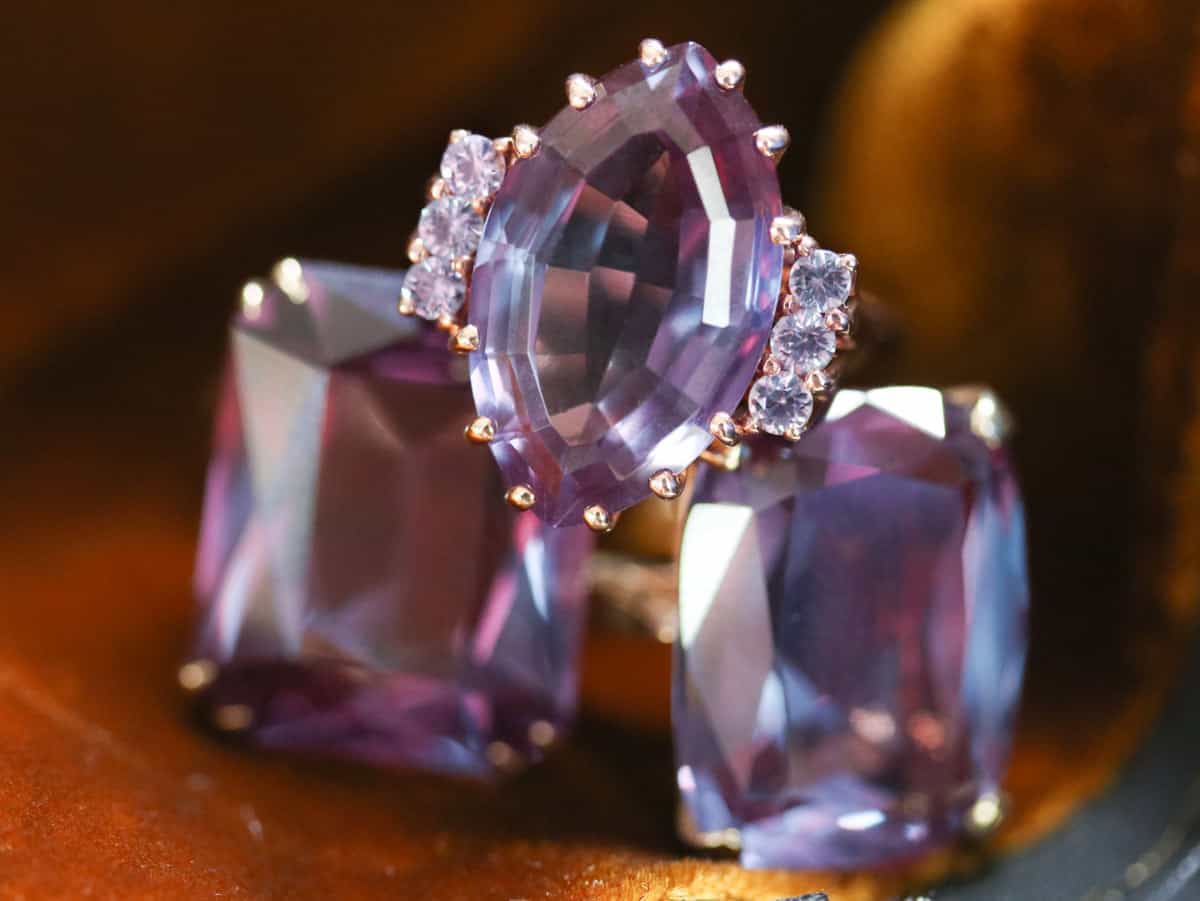
Unearthed around 1830 in the Ural Mountains of Russia, alexandrites have been termed “emeralds by day, rubies by night” due to their amazing color-changing capabilities.
The chemical composition of the gem causes it to display colors ranging from jade green to iridescent blue in natural light and from scarlet red to dark purple in artificial illumination. Different stones show varying degrees of color change, but the most precious are transparent jewels that reveal the whole spectrum of color shift.
Given that they were named after Czar Alexander, it’s no surprise that the Russian nobility coveted them. Alexandrites’ scarcity can be explained by the fact that the Russian supply ran out just a few decades after it was found. Now, only Brazil and a few other small mines have them.
Though it’s not hard to find a synthetic version of alexandrite, natural stones can cost as much as $15,000 per carat.
3. Royal Demantoid

Despite its resemblance to emeralds, this gem actually belongs to the family of garnets with subtle chromium content, which creates a vibrant green hue. The word demant, which means “diamond” in German, is intended to describe the diamond-like sparkle of its finish.
It was under the reign of Alexander II of Russia, in 1868, that the royal demantoid was first identified. Since then, the Russian aristocracy has highly valued it, making it the jewel of preference for many Fabergé masterpieces. Horsetail features, which can be either byssolite or chrysotile and look like thin, fibrous tails, are extremely desirable in demantoid garnets.
2. Tanzanite
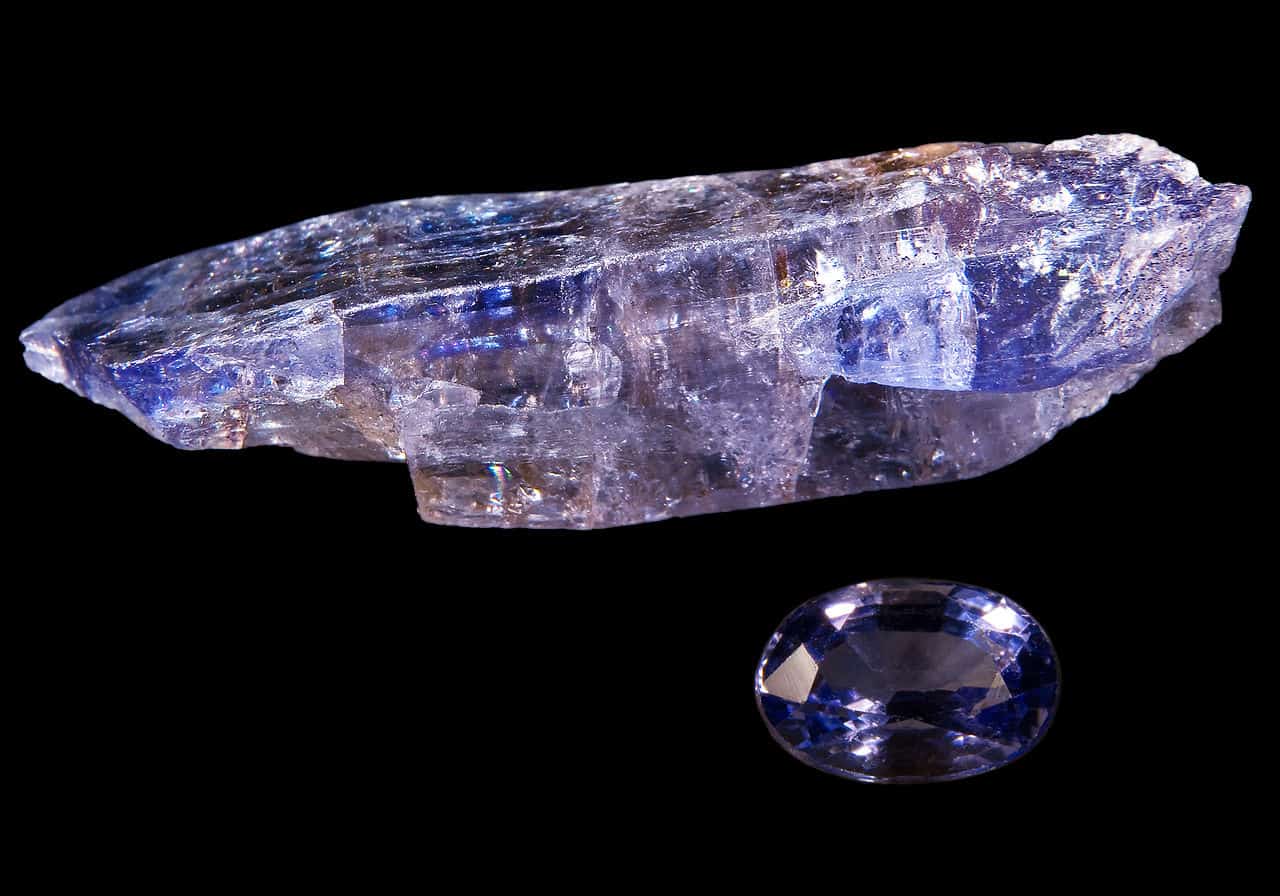
There is only one area on earth where you can find tanzanite, and it was discovered quite recently. As the narrative goes, in 1967, a Maasai tribesman spotted a clump of translucent bright violet-to-blue crystals protruding from the ground in a northern region of Tanzania. Tiffany & Co. saw value in this gem and gave it a name, paying homage to its country of origin.
It is one of the few crystals known for its exceptional trichroism, or ability to show three distinct hues when viewed from slightly varied angles. But what makes tanzanite precious is not its beauty, but rather its scarcity. One mine in the world, measuring roughly 7 kilometers long and 2 kilometers wide, is used for extraction.
Therefore, tanzanite is predicted to be depleted within the next 30 years, making it a “one-generation” gemstone. The most desirable shade is an intense blue that looks quite similar to blue sapphire.
1. Taaffeite
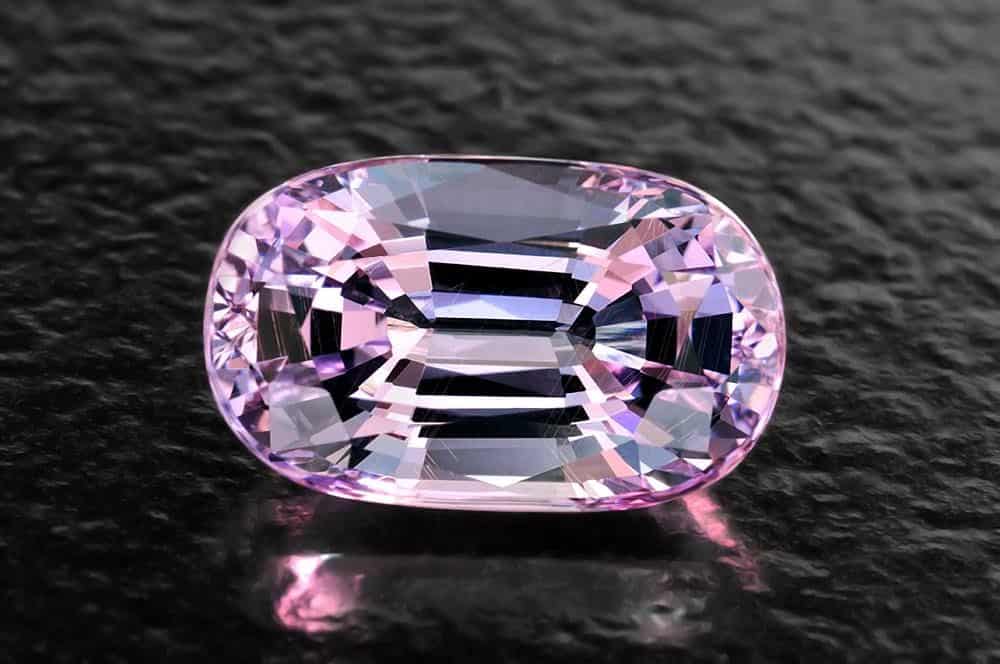
Would you imagine that the emergence of taaffeite was a total fluke? The Austrian-Irish gemologist, Count Edward Charles Richard Taaffe, bought a package of what he assumed were cheap spinels. Upon closer study, he realized one of the items was a richer hue than the other and didn’t reflect light in the same manner.
He sent it away for further examination and learnt that he held an entirely unknown gem; a fortuitous but uncomfortable circumstance. After this occurrence, fellow hobbyists reviewed their stock and encountered more jewels.
This gemstone, which may sell for up to $35,000 per carat, is distinguished by its hexagonal crystal structure and has only been discovered in Sri Lanka and Tanzania. It is notable for its variety of colors and for being the first stone ever identified to combine both beryllium and magnesium.
It is believed that fewer than 50 examples of taaffeite exist, meaning that the average person is extremely unlikely to ever come across it in their lifetime. Most of the known specimens are locked away in private collections or geological museums.
Final Words
In a world where the status quo of a gemstone is scarcity, the fact that these items have such low abundance lends them an air of superiority.
Even though most of us may not ever be able to see one, we can still appreciate the remarkable legacy they have left in the realm of precious stones. If you’re absolutely serious about finding rare jewels, though, we hope this list gave you some ideas.
Contents
- What Determines the Value of a Gemstone?
- What Makes Gemstones so Special?
- 20. Padparadscha Sapphire
- 19. Ammolite
- 18. Jadeite
- 17. Pezzottaite
- 16. Musgravite
- 15. Paraiba Tourmaline
- 14. Benitoite
- 13. Red Beryl
- 12. Jeremejevite
- 11. Larimar
- 10. Grandidierite
- 9. Painite
- 8. Kashmir Sapphire
- 7. Blue Garnet
- 6. Black Opal
- 5. Poudretteite
- 4. Alexandrite
- 3. Royal Demantoid
- 2. Tanzanite
- 1. Taaffeite





